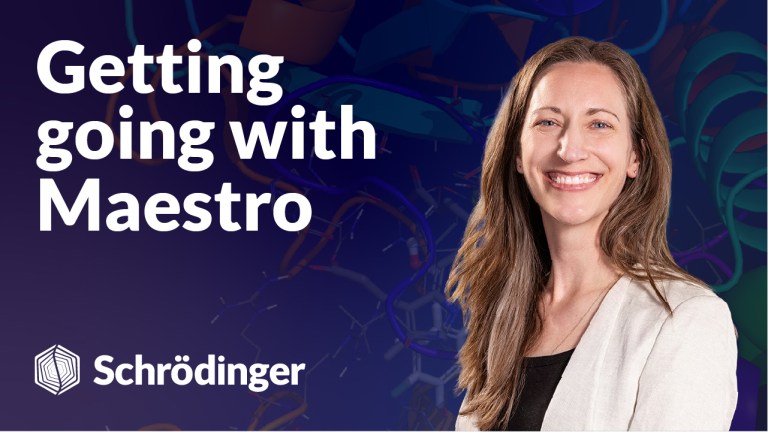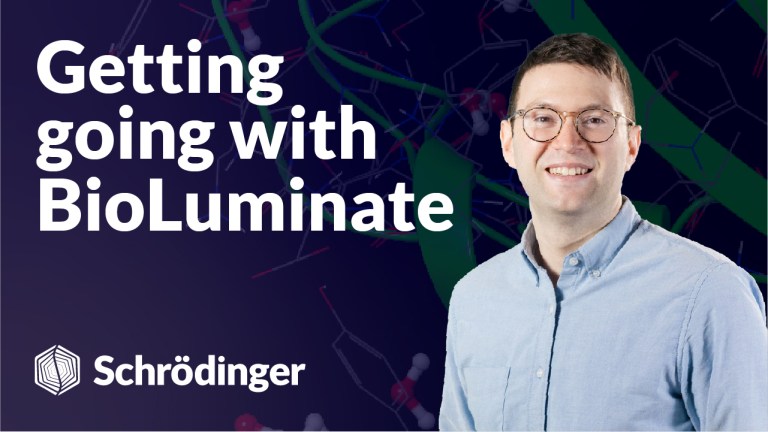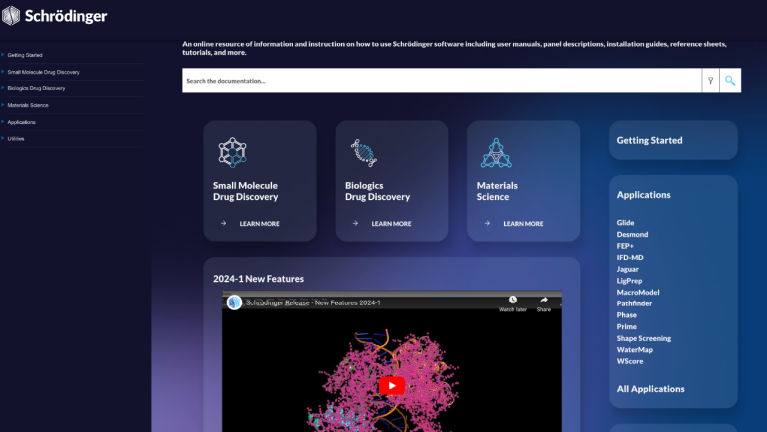Free learning resources
Quickly learn how to integrate Schrödinger technology into your research. From overviews to deep dives, you can find information about applications, workflows, and analysis here.
Quickly learn how to integrate Schrödinger technology into your research. From overviews to deep dives, you can find information about applications, workflows, and analysis here.
 Video
Life Science
Video
Life Science
 Video
Life Science
Video
Life Science
A free video series introducing the basics of using Maestro Bioluminate.
 Documentation
Life Science
Documentation
Life Science
Self-guided step-by-step introductions to various workflows with example files for getting comfortable with Schrödinger tools.
Short video overviews of specific introductory and scientific topics, including summaries of new release features.
A one-page PDF that visually describes the panel or workflow.
Learn to perform an ab initio molecular dynamics simulation and calculate the Li-ion diffusion in a solid state electrolyte.
Learn to use the Optoelectronic Device Designer panel to design an optoelectronics device structure.
Re-dock and refine ligand pose in a crystal structure with GlideXtal.
Learn to calculate the thin plane shear viscosity and friction coefficient.
Information on supported platforms and the hardware required to run Schrödinger software.
Evaluate PDB temperature factors, align binding sites, and use MD to identify flexibility.
Optimize binding poses and re-score results of a small virtual screen
Soften potentials in Glide and run induced-fit docking for side chain conformational changes and loop refinement.
Analyze an all-atom Desmond MD trajectory to study protein-ligand interactions.
Perform a Free Energy of Perturbation (FEP) Solubility simulation on ibuprofen.
Level up your skill set with hands-on, online molecular modeling courses. These self-paced courses cover a range of scientific topics and include access to Schrödinger software and support.
Connect your students to industry-leading molecular modeling software through a web-based platform. Incorporate molecular modeling in the classroom.